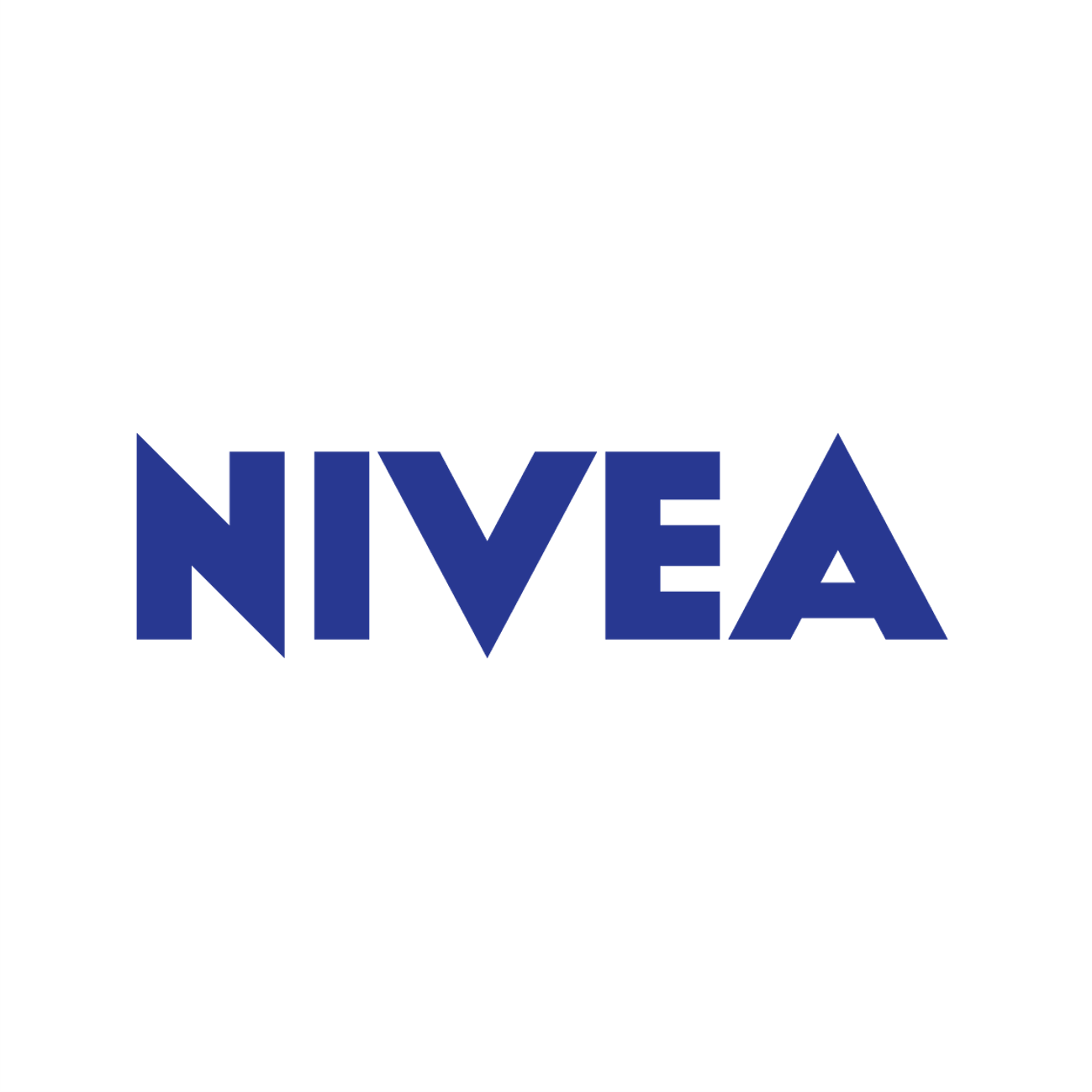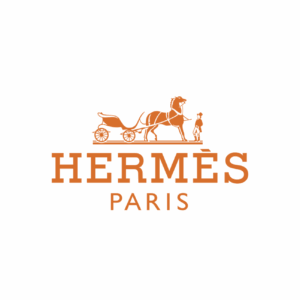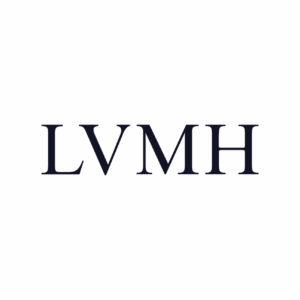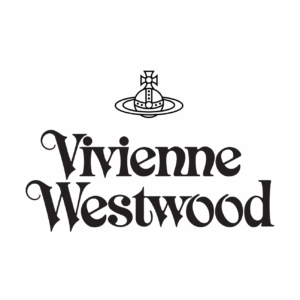A detailed examination of the ten criteria reveals distinct patterns: L’Oréal and Nivea claim their places as sustainability leaders, owing to their organized and transparent methods that are supported by concrete achievements. Colgate follows closely, with acknowledged developments in recycling and resource efficiency. Though Gillette has outstanding performance on numerous aspects, such as recycling and energy efficiency, it has shortcomings in transparency of major factors, such as water management and monitoring individual products.
In line with these findings, Komoneed urges collaboration with companies such as L’Oréal or Nivea due to their good grades while asking Gillette to be more forthcoming with detailed information in order to enhance its transparency.
Nivea
World is our Skin
Criteria
Carbon Footprint, High
Under Beiersdorf’s leadership, Nivea is setting a pathway consistent with the target of capping global warming at 1.5°C. The company’s greenhouse gas reduction targets entail cutting Scope 1 and 2 emissions by 30% by 2025, along with working towards complete carbon neutrality by 2045.
Notably, Nivea has already succeeded in a 19% decrease in emissions throughout its value chain, with its production facilities having consumed 100% renewable electricity since 2019. These efforts have been backed by third-party verification, as indicated by the CDP’s “Triple A” rating.
Ecological Impact, High
Nivea has a holistic approach to sustainability in order to reduce its ecological footprint. Nivea is committed to sustainably sourcing 100% of its renewable ingredients by 2025 and has eliminated solid microplastics in all its products since 2021. It has FSC-certified packaging since 2019.
Nivea is also investing in biodiversity with reforestation projects and climate initiatives in vulnerable areas like Kenya, Paraguay, and Colombia. Besides, the objective is to employ only biodegradable polymers in its European products by 2025.
Energy Consumption, High
Nivea, which belongs to the Beiersdorf group, also leads the way in energy consumption. All of its locations have been supplied with 100% renewable electricity since 2019. In addition, Beiersdorf launched a worldwide Manufacturing Excellence program, which also includes concrete targets for reducing energy consumption.
The program also includes ambitious environmental standards for buildings, so new buildings are required to fulfill the most recent environmental requirements (Blue Building program).
Nivea’s management of energy consumption is part of an overall dedication to minimizing its environmental footprint. This emphasis on energy efficiency and renewable energy is reflected across the company’s worldwide manufacturing operations, evidenced by a firm commitment to minimizing its environmental footprint without decreasing production levels.
Freight Density, Medium
Nivea is following a similar approach, with a 9% reduction in emissions relating to the transport of finished products between 2018 and 2021. The company is maximizing its use of ocean freight, covering 60% of its international volume, while minimizing its use of air freight.
Nivea is also innovating through the creation of concentrated formulas, with the objective of reducing product volumes and improving logistics efficiency.
Recycling Rates, Medium
Nivea also aims for 100% reusable, recyclable or refillable packaging by the year 2025. It has already achieved 67% by the year 2022. Beiersdorf has also eliminated solid microplastics from all its formulations. The percentage of recycled plastic in its packaging is steadily growing and achieved 12% by the year 2023.
Saving Levels, High
Nivea employs the lean manufacturing concepts in its processes: the traditional example being the manufacture of its cream cans from pre-cut discs, which conserves 14 tonnes of aluminium a year. Nivea factories have zero landfill waste, and everything is recycled or recovered as energy.
Specific Product Monitoring, Low
Nivea monitors the environmental impact of its products using in-house tools but does not presently publish scores for public use. Progress is noted but is internal.
Supply Chain Waste, Medium
Nivea has a zero-deforestation policy for key raw materials and demands absolute commitments from suppliers. Environmental aspects are included right from the beginning.
Sustainability Scorecards, High
Nivea (Beiersdorf) has also received a Triple A rating from the CDP and enjoys independent verification of its performance.
Water Management, Low
Nivea has water-saving measures in place under its Manufacturing Excellence program. It optimizes cleaning processes and implements recovery systems.
Related to other brands
Number of criteria met by each brand:
ESCP Business School Team
Research developed by five curious international ESCP Business School students who have worked together to successfully complete their consulting project. They analysed four brands in four different categories -24 brands: electric cars EV, dairy products, computers, personal care, luxury apparel, fast fashion-, according to 10 environmental criteria.
- Alix AMMEUX: Dairy Products
- Hanna AMSELLEM: Electrical Vehicles
- Leonardo BERTINI COLLA: Computers
- Zackary BOISNEAULT: Personal Products
- Ariane DESPRES: Luxury Apparels
- Caterina GIUSTINIANI: Fast fashion
Sources
-
Community Giving: Details about Gillette’s social initiatives and partnerships.
-
Local Activity: Information on Gillette’s commitment to supporting communities and promoting positive role models.
-
Environmental and Social Labelling: Explains L’Oréal’s product impact labelling system and sustainability efforts.
-
Sustainable Product Optimisation Tool: Describes the tool used to assess and improve the social and environmental performance of L’Oréal products.
-
ESG Performance: Provides insights into L’Oréal’s environmental, social, and governance reporting
-
Environmental Impact: Outlines Colgate’s sustainability goals and efforts to reduce environmental impact.
-
Sustainable Dental Care Products: Highlights Colgate’s sustainable product designs and packaging innovations.
-
NIVEA CONNECT REPORT 2024: Discusses Nivea’s social mission to combat social isolation and foster meaningful connections.
-
NIVEA Sustainability: Offers an overview of Nivea’s sustainability initiatives globally.





0 Comments